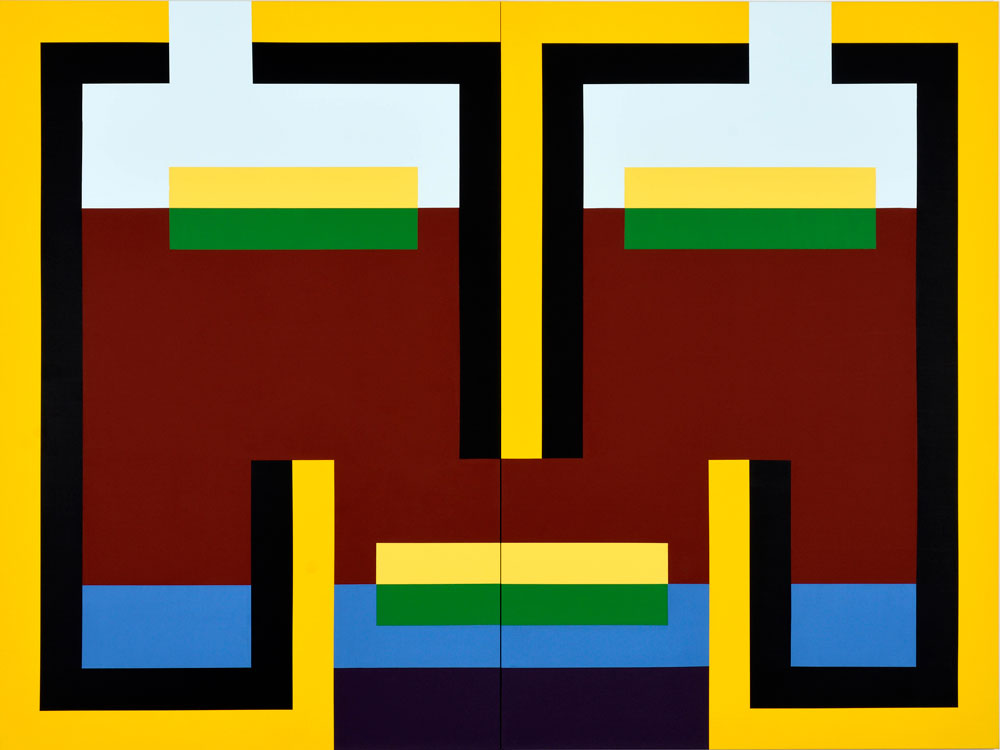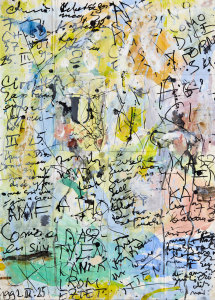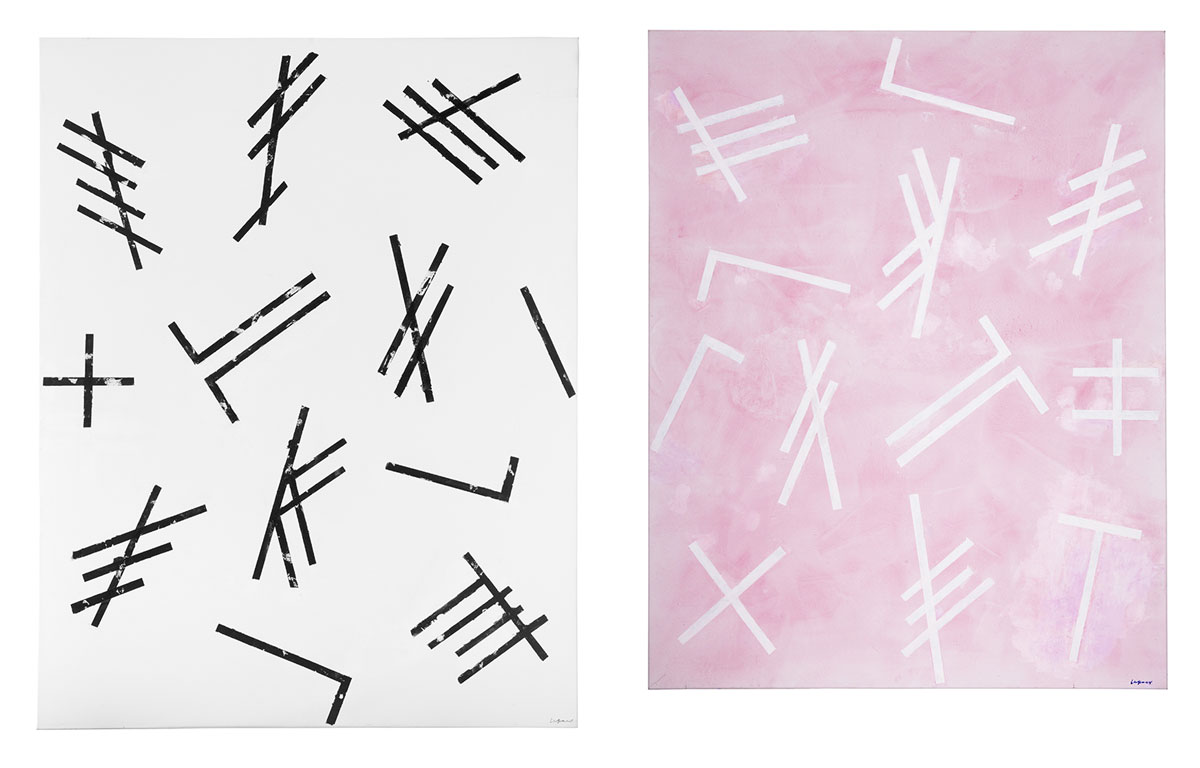ART-PRESENTATION: Iparterv 50+
 Fifty years ago, two paradigmatic exhibitions of the Hungarian art scene, “Iparterv I” (1968) and “Iparterv II” (1969) were organized. These contemporary group exhibitions were on view only for a few days, because of communist censorship and the pressure of a strict cultural policy. Young artists secretly displayed their works in the era’s popular genres, imported from the Western world, such as Pop Art, Arte Povera, Art Informel, Hard edge and Conceptualism.
Fifty years ago, two paradigmatic exhibitions of the Hungarian art scene, “Iparterv I” (1968) and “Iparterv II” (1969) were organized. These contemporary group exhibitions were on view only for a few days, because of communist censorship and the pressure of a strict cultural policy. Young artists secretly displayed their works in the era’s popular genres, imported from the Western world, such as Pop Art, Arte Povera, Art Informel, Hard edge and Conceptualism.
By Dimitris Lempesis
Photo: Ludwig Museum Archive

The Iparterv Group was the first manifestation of the Neo-Avant-Garde in Hungary. It was organized in 1968 in the meeting hall of Iparterv State Architectural Office. Soon Ipartev became the name o an entire generation of artists. Tamás Szentjóby planned an exhibition entitled “Donor” in July 1968, in the Iparterv State Architectural Office, but it was cancelled after the invitation leaflet was printed and distributed. Three months later and three weeks before the famous first Iparterv exhibition he organized actions entitled “Do You See What I See” in the same location with Miklós Erdély and László Méhes. Riding against the currents of György Aczél’s rigid socialist cultural policy and along the period’s international trends and the events of the Western art world, the exhibitions “Iparterv I” and “Iparterv II” were organized by art historian Péter Sinkovits at the downtown building of the Iparterv State Architectural Office. Circumventing the official board of censors, the first exhibition opened in December 1968 and was on view for only a few days. The show featured 11 young artists: Imre Bak, Krisztián Frey, Tamás Hencze, György Jovánovics, Ilona Keserü, Gyula Konkoly, László Lakner, Sándor Molnár, István Nádler, Ludmil Siskov and Endre Tót. The second Iparterv exhibition in 1969 included four more artists, András Baranyay, János Major, László Méhes and Tamás Szentjóby, as well as new tendencies. The neo-avant-garde artists introduced at the Iparterv I. and Iparterv II. exhibitions formed no homogeneous group: the shows equally represented the latest tendencies of abstract as well as figurative art. At the same time, the “Iparterv-phenomenon” stands for more than just two exhibitions: it marks a period as well as a broader intellectual scene. Apropos of the anniversary, Ludwig Museum organizes a series of events titled “IPARTERV 50+” in order to evoke the various registers of the social-political reality characterizing the ‘60s and ‘70s, the contemporaneous scene surrounding the Iparterv exhibitions, their art-historical antecedents and their impact on subsequent generations, with the contribution of former exhibitors, organizers, fellow artists and experts working on processing the art-historical event. Honouring the anniversary, Ludwig Museum invited the former organisers and exhibiting artists to revoke the heritage of Iparterv, as well as exhibit their new pieces that were made after being freed from under censorship in the group exhibition “IPARTERV 50+”, additionally, the exhibition features works by contemporary artists reflecting on specific works by Iparterv-artists or the Hungarian neo-avant-garde in general. Concluding the series of events, a conference will be held on 22-23/3/2019, on the first day of which, former participants will bring us back into the past through the lens of their memories. On the second day, we intend to reconsider the artistic significance of the Iparterv-exhibitions, discuss questions regarding the canonization of the neo-avant-garde and scrutinize the legacy and effective history of Iparterv with the help of lectures by art historians and theoretical experts.
Info: Ludwig Museum, Komor Marcell utca 1, Budapest, Duration: 1/2-24/3/19, Days & Hours: Tue-Sun 10:00-20:00, www.ludwigmuseum.hu




